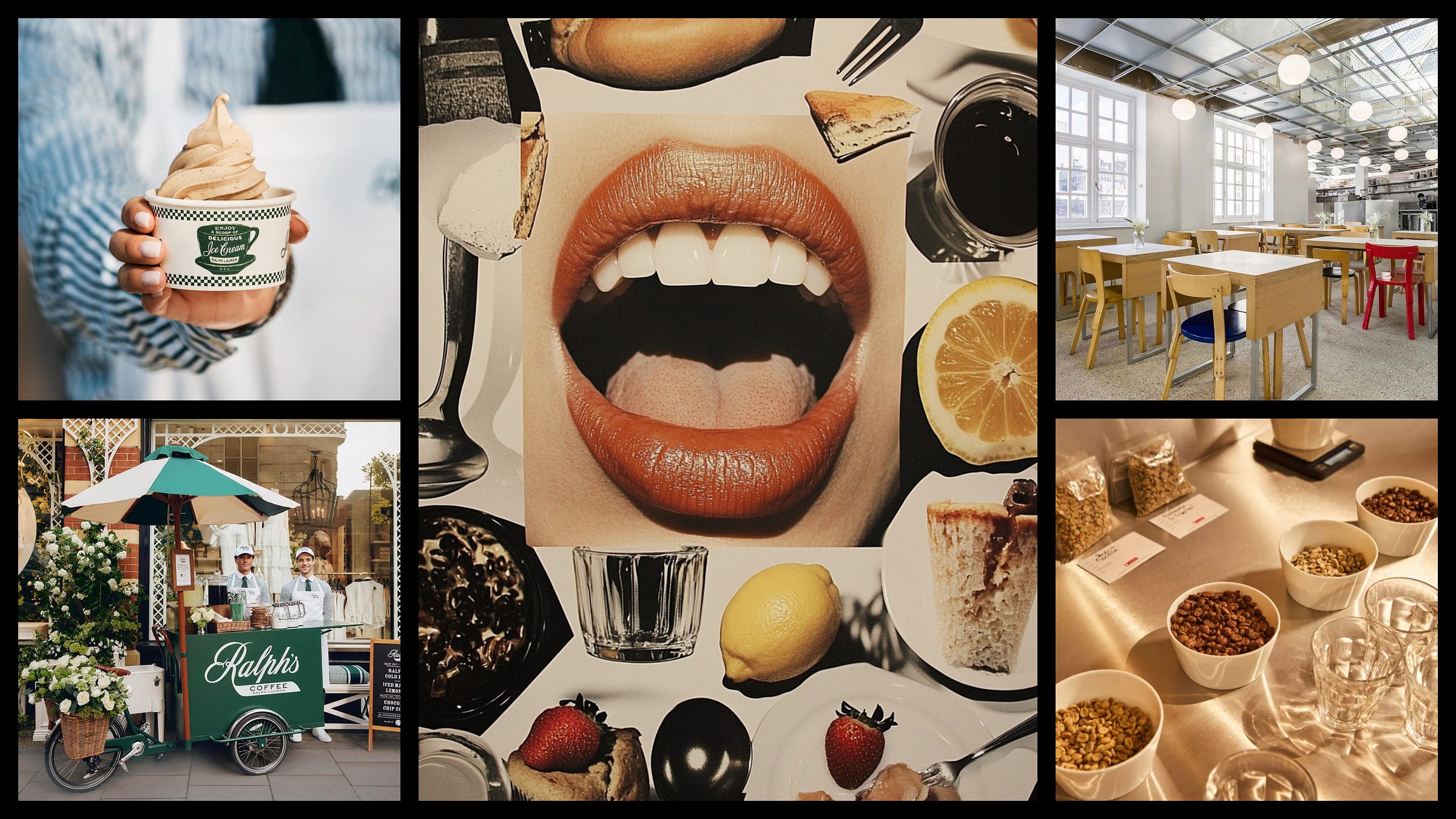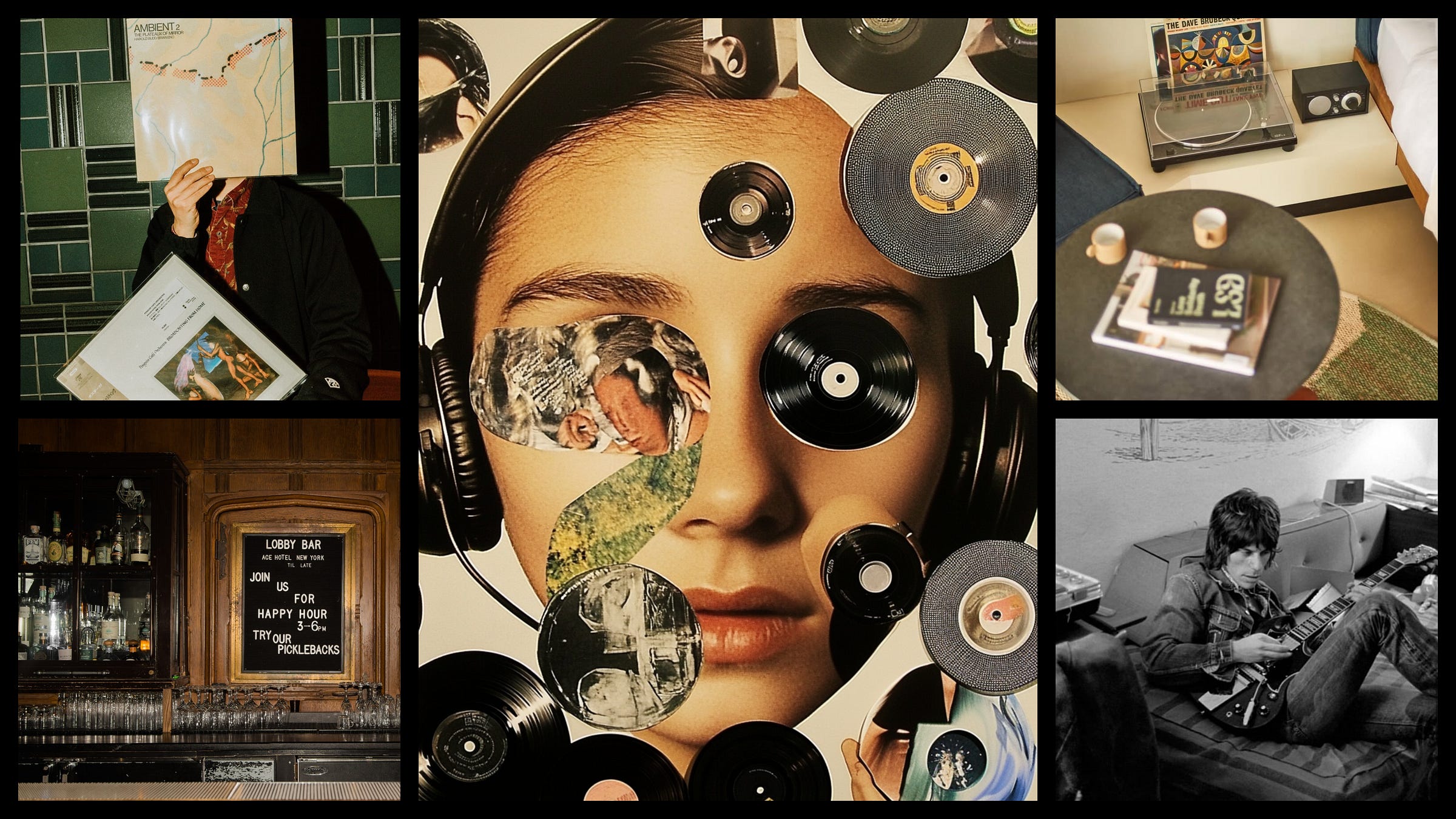We tour buildings across the country. Statement apartment towers, boutique hotels, cutting-edge offices. And too many times to count, the first thing we notice is the smell. Not a subtle signature scent. Not fresh air. Not even food from the lobby café.
What hits you is that unmistakable cocktail of industrial cleaning solution, recirculated HVAC air, and something vaguely metallic or moldy lingering underneath. It sets the tone before the leasing agent says a word. You recoil. You try not to make a face. And even if the rest of the experience recovers, your brain has already filed this place under "off."
Why?
Plain and simple, our senses have an oversized impact on our perceptions. Think about this:
An awkward note can kill a song.
A limp handshake makes you question someone’s whole vibe.
A single off flavor can tank a tasting menu.
An echoey lobby makes you nervous.
A rough towel can break a bathroom.
Our senses aren't just inputs. They're filters. They prime our expectations, shape our memory, and define whether a space feels warm or cold, authentic or generic, magnetic or forgettable.
And while design teams meticulously plan out layouts and amenities, they often forget to think about how it feels to walk in the door.
What’s the Bill Nye behind this?
Within milliseconds of entering a space, your brain is already forming an opinion. This isn’t just intuition; it’s biology. The brain's sensory pathways (especially those related to smell and sound) connect directly to the amygdala and hippocampus, the emotional and memory centers of the brain.
That means what you sense in a space immediately colors how you feel about it—long before you've processed its function, branding, or value proposition. Once that feeling settles, it’s hard to shake.
Let’s dive into your senses:
01. Touch
Create material honesty in your story
A brand shows up in its materials. Bode’s vintage-heavy stores wrap you in history. Patagonia’s raw textures feel like they were tested on a trail. Artek’s furniture has Finnish quiet confidence: real wood, curved edges, a patina that invites fingerprints. Materials speak.
But beyond aesthetics, materiality drives our emotional state. Soft boucle seating and wool throws dial us down. Rounded edges feel safe. Sharp corners feel dangerous.
Think about the difference between a bank lobby and your favorite café. One says "wait your turn." The other says "want another?"
If your brand is about effortlessness, the surfaces should feel like Sunday. If it’s about power, make it dense, weighty, and unyielding. Overall, match texture to tone.
02. Sight
Shine a spotlight on the brand story
Sight begins before the reveal. What do you see from the sidewalk? From the street corner? In the first second your eye adjusts to the lighting? Sight isn’t just visual, it’s spatial timing.
Jacquemus will blind you with Provençal fantasy. Aimé Leon Dore tells a New York story in layers—green marble, Yankees nostalgia, and light that falls like it’s been filtered through a 1970s photo book.
The best brands understand how a space can look like a mood.
But this isn’t just about retail. Residential lobbies, office reception areas, even elevator cabs—these are visual thesis statements. People decide in an instant: am I curious? Do I trust this? Is this for me?
If your brand is about modern minimalism, don’t just do white walls. Build tension with space and shadow. If it’s about social buzz, give them something to photograph and something they didn’t expect. Think like a cinematographer: where’s the first frame? Where’s the focus? Make it scroll-worthy and surprising—Instagrammable is table stakes, intrigue is the goal.
03. Scent
Create the signature you can't see
Smell is the unsung hero of spatial branding. Walk into a Byredo store or an Edition Hotel and you’ll immediately clock the difference. It doesn’t just smell nice—it smells like something. That something becomes memory. And memory becomes brand.
If your brand is calm confidence, maybe you lean into vetiver or cedar. If you’re energy and edge, it’s black pepper and bergamot. Scent is your moodboard—distilled.
Develop a signature scent that matches your identity. Diffuse it consistently in transitional zones—entryways, elevators, even closets. Don’t overdo it. The goal is vibe, not perfume counter.
If you don’t have the budget to make your own scent, go buy one that matches your brand…there are plenty of great scents to choose from.

04. Taste
Flavor informs your identity.
Taste can’t just be a utility. It has to be intentional. Café Kitsuné wraps food and drink in Paris-meets-Tokyo elegance. At Ralph Lauren, the coffee isn’t a side hustle—it’s a core brand beat. Dover Street Market’s café feels like a gallery snack curated by the cool kids.
If your brand is analog cool, think espresso and vintage diner mugs. If it’s wellness, maybe it's adaptogens and cold-pressed clarity. Taste is identity on a plate—or in a to-go cup.
Choose culinary partners who reflect your aesthetic and ethos. Make food and drink part of the story, not the sideshow. Design menu items that align with your visual identity (a lavender latte hits differently in a pale pink space).
05. Sound
Craft the invisible mood setter
Sound doesn’t get enough credit, but it should. Ace Hotel always knows what tracks to drop at 8AM and at 1PM. Chateau Marmont doesn’t just play music; it curates a vibe that says "you weren’t invited, but you came anyway."
If your brand is low-key seductive, your soundtrack should feel like an after-hours jazz set. If it’s fast-twitch, new-gen, digitally native, cue up hyperpop and don’t look back.
Build a sound identity like you build your brand. Partner with experts who can turn story into playlists. Use silence strategically, but never accidentally. And for the love of God, make your bathrooms sound less like interrogation rooms.
The skinny of this rant: people feel before they think.
Spaces don’t just function. They vibe. And the language they use is sensory. Whether you’re designing an apartment, hotel, co-working space or a flagship store, remember: people don’t fall in love with logic. They fall in love with how something makes them feel.
If your brand lost its logo, website, fonts, and tagline, but kept its smell, taste, texture, visuals, and sound would it still work? Or would it just smell like cleaning supplies and everyone else?
Go design for people. Design for senses. Make sameness extinct.
Missed our latest article? Read it now.
Missed our feature in The Brand Identity? Check it out now.
🚨 WHO IS NO WALLS STUDIO (AND WHAT DO WE DO)?
No Walls Studio is a design and brand consultancy that helps real estate developers create spaces that people love.
Our mission is to make sameness extinct in real estate, which means that everything we do comes with new ideas and unique angles — all, grounded in a deep understanding of culture and consumers.
We do three things for our clients (often, all in the same project):
Research & Insights
Brand Development
Spatial Experience Design
Want to work with us or learn more?



















